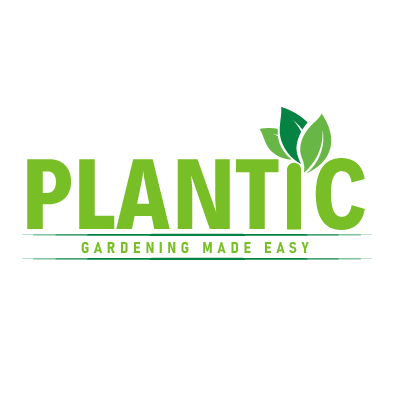Fertilizer for organic gardening isn’t the quick and instant fix that chemical fertilizers can be. With organics, you have to let moisture and beneficial organisms break down the content of the fertilizer material in order for the plants to get the nutrients inside.
In general, half of the nutrients in an organic fertilizer ingredient can be used the first year it is applied, and the rest of it is slowly released in the years to come, feeding and conditioning the soil.
Different Types of Organic Fertilizer for the Garden What is the best organic fertilizer to use?
There are a number of organic fertilizers from which to choose. There may be all-purpose chemical fertilizers, but this doesn’t exist in the organic side of gardening.
Different organic fertilizers add different nutrients and ingredients to the soil. The materials you need depend completely on your soil and the plants you are growing in the garden. Plant-based fertilizers Plant-based fertilizers break down quicker than other organics, but they generally offer more in the way of soil conditioning than actual nutrients.
These materials, such as alfalfa meal or compost, help to add drainage and moisture retention to poor soils. Other plant-based fertilizers include: Cottonseed meal Molasses Legume cover crops Green manure cover crops Kelp seaweed Compost tea Animal-based fertilizers Animal-based fertilizers, such as manure, bone meal, or blood meal, add lots of nitrogen to the soil. They’re great for leafy plants and strong growth in the early weeks of gardening. Additional animal-based fertilizers for the garden include: Fish emulsion Milk Urea (urine) Manure tea Mineral-based fertilizers Mineral-based fertilizers can add nutrients to the soil, as well as raising or lowering the pH level when needed for healthy plant growth. Some of these types of organic fertilizer are: Calcium Epsom salt (magnesium and sulfur)
Garden fertilizer basics
Fertilizers are any naturally or chemically derived material containing the nutrients essential for plant growth. They are available in the form of manures, compost, and granular or liquid amendments. Most often we apply them to a plant’s root system or as a foliar spray.
To the new gardener, a stroll through the fertilizer aisle can be a very confusing exercise triggering memories of chemistry class.
When you buy fertilizer, you’ll see the ratio of three macro nutrients—nitrogen (N), phosphorus (P) and potassium(K)—listed on the container in bold numbers. These numbers tell you the combination in percentages of N, P, and K in the fertilizer blend. Educate yourself and take heed: not all fertilizers are created equal and feeding your plants with fertilizers does not guarantee a successful crop.
Types of Organic Fertilizer
Dry organic fertilizers can consist of a single material, such as rock phosphate or kelp (a type of nutrient-rich seaweed), or they can be a blend of many ingredients. Almost all organic fertilizers provide a broad array of nutrients, but blends are specially formulated to provide balanced amounts of nitrogen, potassium, and phosphorus, as well as micro nutrients.
The most common way to apply dry fertilizer is to broadcast it and then hoe or rake it into the top 4 to 6 inches of soil. You can add small amounts to planting holes or rows as you plant seeds or transplants.
Unlike dry synthetic fertilizers, most organic fertilizers are non burning and will not harm delicate seedling roots. During the growing season, boost plant growth by side-dressing dry fertilizers in crop rows or around the drip line of trees or shrubs. It’s best to work side-dressings into the top inch of the soil.




